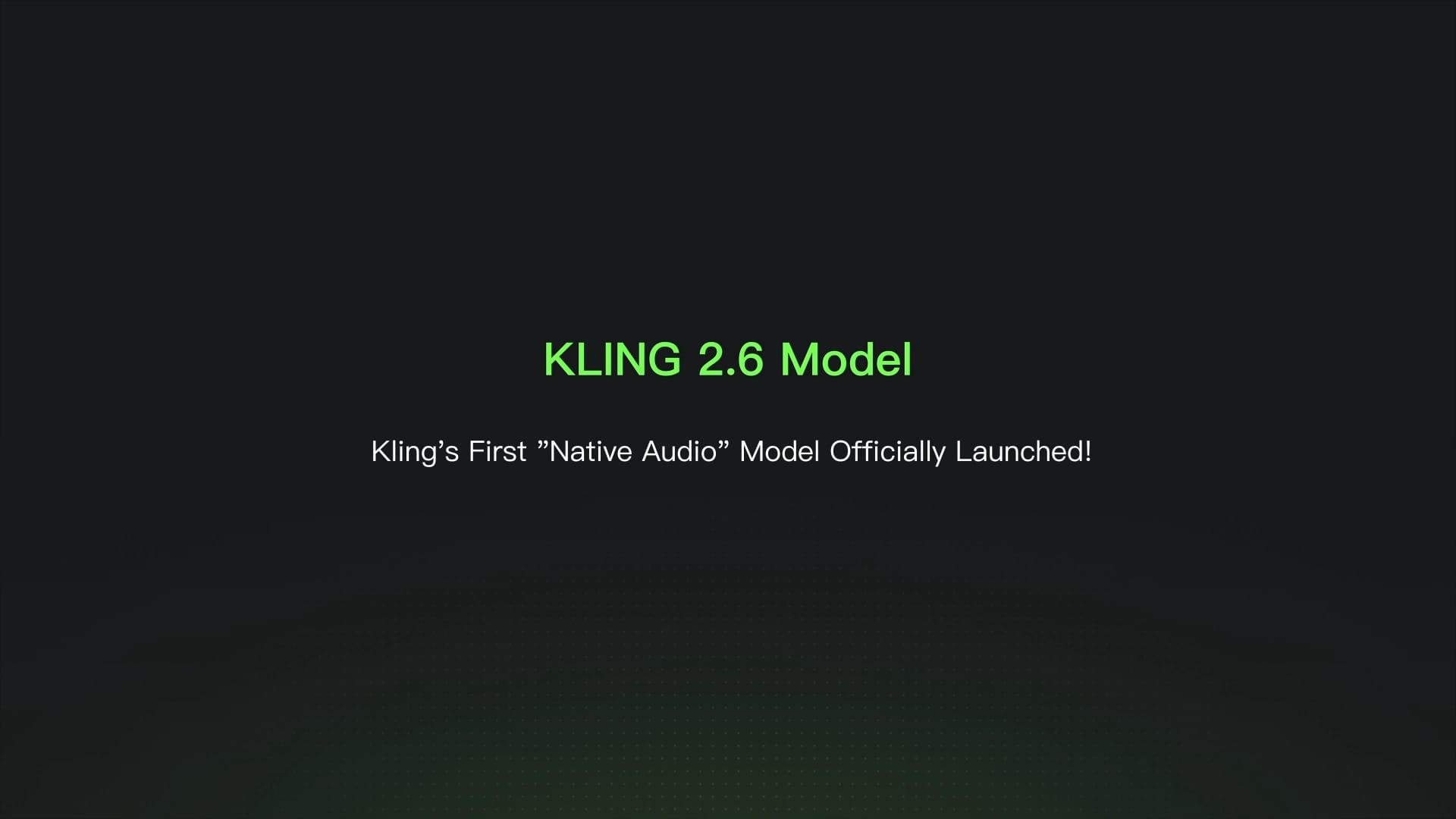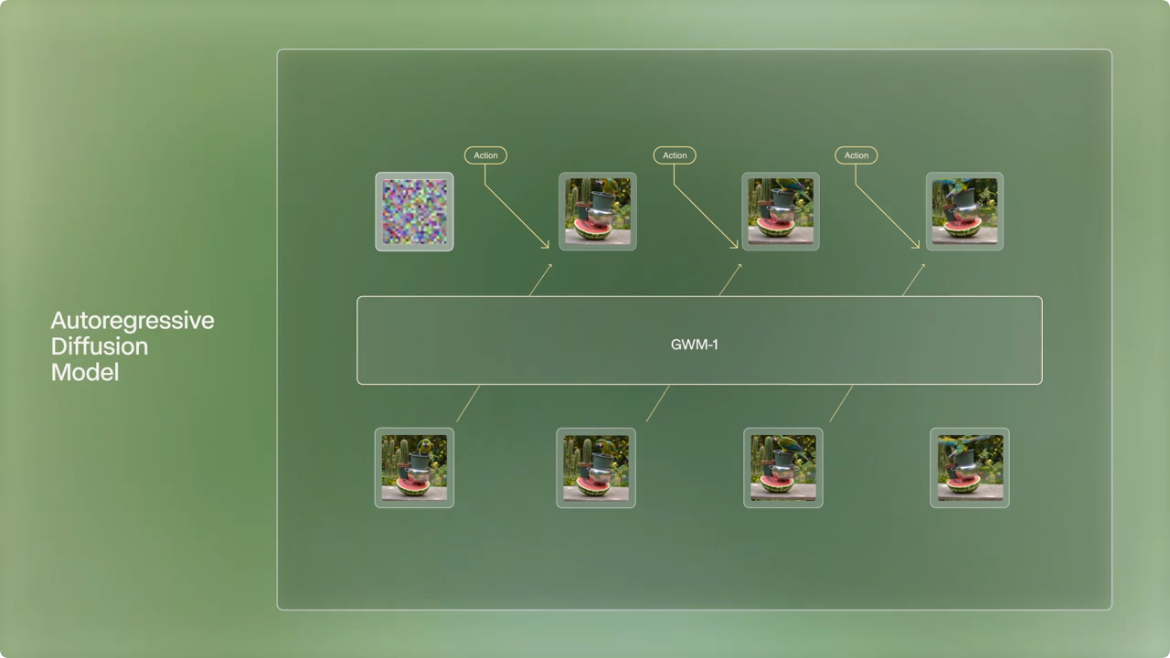Wimbledon's decision to replace human line judges with AI-powered Electronic Line Calling (ELC) has sparked significant criticism from top players, highlighting the ongoing challenges of implementing AI in professional sports.
British stars Emma Raducanu and Jack Draper both voiced frustration with the Hawk-Eye ball-tracking system during their recent matches, claiming they were victims of incorrect calls. Raducanu lamented that officiating "was way more accurate back in the day when there were lines judges and you could challenge," while also noting the loss of tradition with the removal of linesmen and women.
During the tournament, there were also concerns that the automated voice calls weren't loud enough to be heard, and a deaf spectator even contacted the Lawn Tennis Association to say that, without the line judges' hand gestures, they could no longer tell whether the calls had been 'in' or 'out'.
The All England Club's chair Debbie Jevans pushed back against the criticism, pointing out an ironic twist: players had previously demanded more technology, constantly asking why Wimbledon didn't have electronic line calling like other tournaments. "It's funny, because when we did have linesmen, we were constantly asked why we didn't have electronic line calling because it's more accurate than the rest of the tour," Jevans told the BBC. Jevans also rejected the possibility that the system could be less accurate than expected.
Two coaches, whose players have won matches at this year's Wimbledon tournament, approached Telegraph Sport to raise particular concerns about the system's performance. One coach was quoted as endorsing the return to umpires and the challenge system, given the number of inaccurate calls they had witnessed. The second coach suggested that the technology works better on hard courts, rather than clay or grass courts, where floating particles and growing grass can affect the system's accuracy.
To add to the controversy, there was a decision to suspend Ben Shelton’s match against Rinky Hijikata at 9:29 PM, all because the dimming light could prevent the electronic line calling system from working properly. Right when the suspension was announced, Shelton was only a game away from a victory over Hijikata. According to the reports, Shelton was understandably frustrated; he and Hijikata had already voiced their concerns about not being able to finish the third set.
Both players requested that the match be stopped at the start of the third set and again after three games. Officials told them to keep playing and stopped them later, when Shelton was minutes away from an impending victory. At that point, Shelton wanted to continue until the system shut down, but the officials insisted that they didn't want to potentially have to stop the match in the middle of a game.
Even more surprisingly, some reports claim that AI implementation hasn't delivered the expected cost savings. Sources indicate that setting up cameras on green posts around the site is likely more expensive than employing the line-judging contingent, which comprises about 300 people. The tournament has also lost revenue from clothing sponsor Ralph Lauren, which previously paid for exposure through the uniforms of the line judges.
Hawk-Eye, the maker of the technology used in Wimbledon, claims its system has a 2.2 mm error margin. Independent research by the University of Cardiff has cast doubts on whether the technology can consistently be that accurate. Further research has calculated that human line judges are about 92% accurate, while automated systems are 98% accurate. This means that hybrid systems, which are currently falling out of favor as complete automation takes over, would have a combined accuracy of 99.84%.





Comments